What else can be more interesting than human portraits? Isn’t it exciting to see your own ideas, concepts, creativity, and talent turning into a photograph? Indeed, self-portrait photography is the bravest form of art; many photographers are following these days! However, every single photograph is unique, but nothing can beat the queerness of self-portraits; they always help us display what makes us unique among all on this planet. This phenomenon (self-portrait photography) is paradoxically thoughtful and enigmatic on art’s philosophical and psychological levels.
If you have yet to try the concept of self-portraiture using a camera, then this guide is for you. You’ll learn the basics and some fascinating extents of self-portrait photography.
In the first place…
What is self-portrait?
Self-portraiture is a sub-category of the creative genre of portraiture. Be it a painting, drawing, sculpture, or photograph; the self-portrait is a photograph of artists discovered by themselves. A self-portrait is scarcely a sheer form of capturing and seizing one’s appearance using different art mediums! It often entangles the protagonist’s qualities, class, psychology, and aesthetic taste. Yes, in self-portrait photography, you are playing as a hero of your own story!
If it can be explained more, it is a form of reckoning, self-defining, self-affirming, and narrating your story to the world. By extension, this art form in literature addresses writers’ descriptions of themselves and their characteristics and vicissitudes of life.
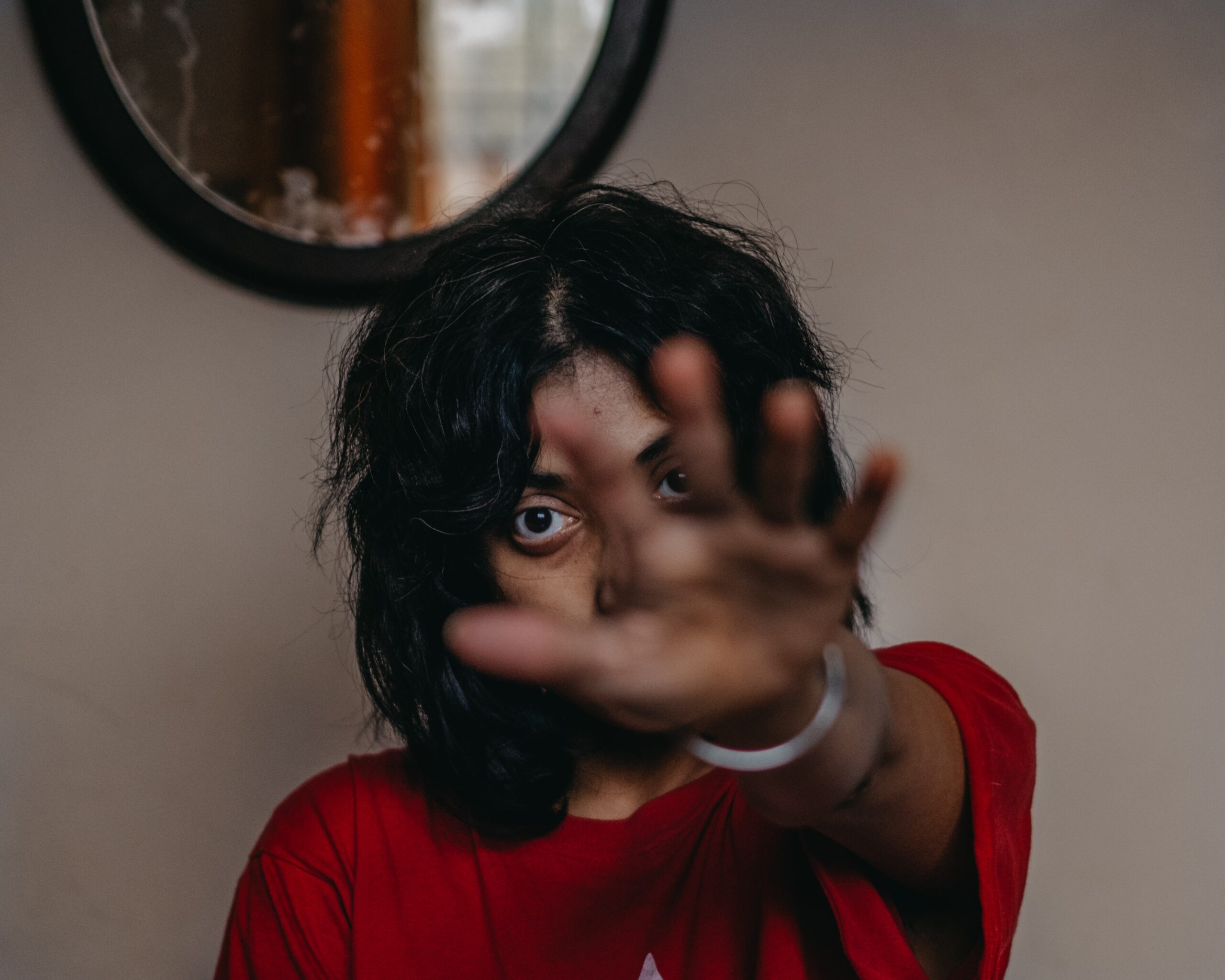
Self-portrait & History
It is no secret that self-portraits have existed since ancient times in ancient Egypt and Greece. Yet, self-portraiture materialized as a liberated genre during the mid-15th century and with the advent of the Renaissance (art period).
The self-portrait concept gained popularity in the Renaissance and is found in the period’s artistic climate. During the Renaissance and Humanism, the interest in the individuality of human beings notably flourished; the human genre evolved as a subject of study for its psychological characteristics.
Self-portrait photography is the art of photoing that can be candid and explicit but also allusive and metaphorical. It requires self-analysis by the photographer and the desire to establish oneself in a precise dogma to affirm their own essence. Self-portraits are categorized into different kinds ;
- Professional portraits; reflects artists depicted while working on art.
- Psychological self-portraits; convey the moral and inner qualities of the protagonist.
- Disguised self-depictions, where the artist illustrates themselves as a historical figure.
- Deployable self-portraits; shows the portrait of the artist, which is hidden in a group of personalities or a more complex scene.
And then comes,
Symbolic, metaphorical, and not-literal self-portraits
The creative ways to take self-portraits
Self-portrait photography gives the artist total control over how the image will look; they have their style, makeup, and creativity. You might probably feel lost in the beginning, standing right in front of the camera, wondering what poses, facial expressions, and decorations to use. Self-photography is a fantastic way to experiment with different photography practices, and you don’t even need a model for that; you are the one!
Here are the creative self-portrait ideas that will help spark your imagination and boost you to look at things differently. Feel free to adopt these ideas to suit your photography style better.
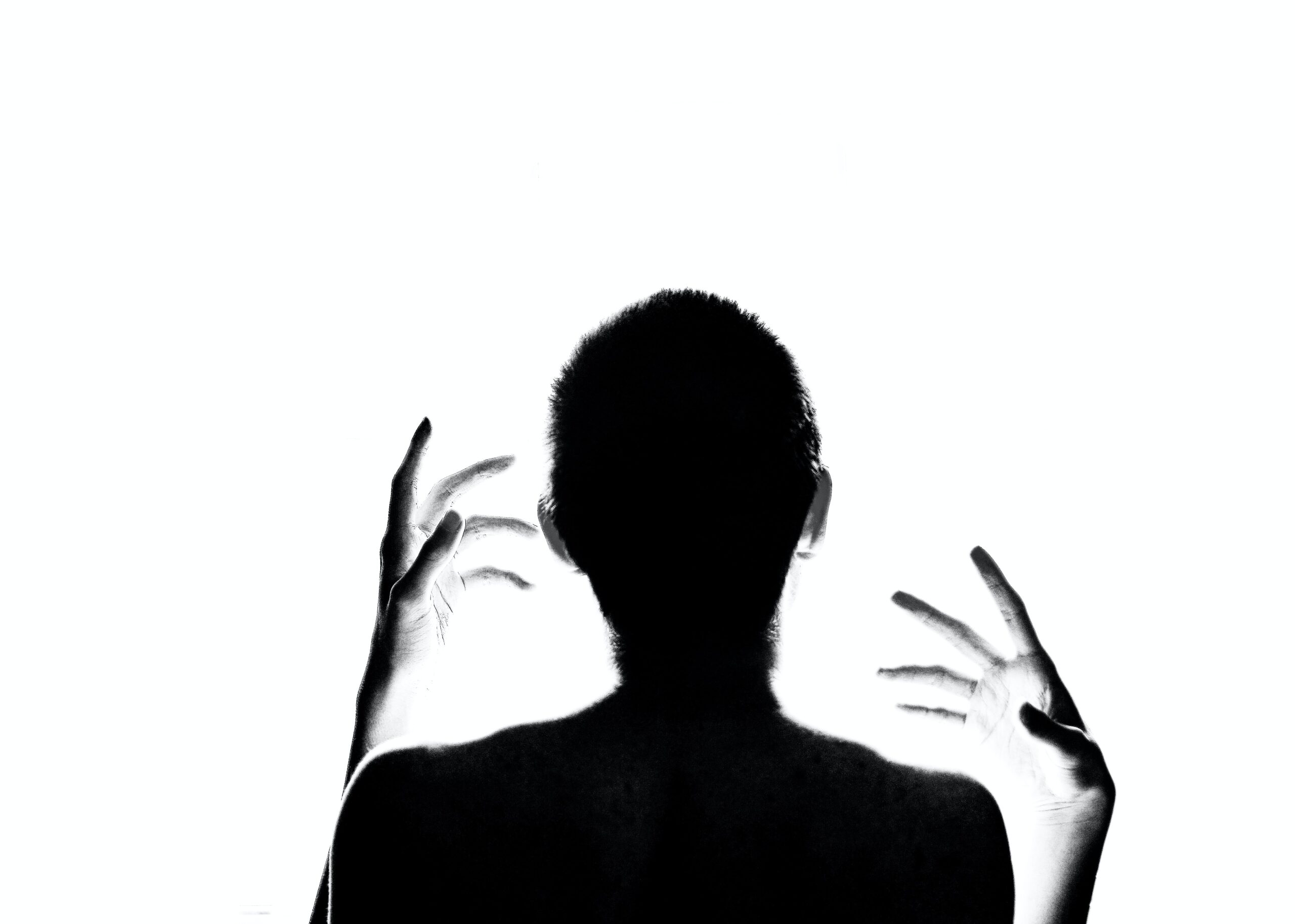
Capture a creative Silhouette of yourself!
- Place your camera with manual settings on a stable surface or tripod.
- Stand in front of a background that is brighter than you.
- Make sure you stand in the way that highlights the outline of your face and upper body.
- You can aesthetically use your hands to add a meaningful touch to photographs; experiment with no fear!
Shooting in Black and White never gets old!
Black and white portraits are a particular genre: that emphasizes emotions, drama, feeling, and situations through photography. This genre permits you more space to experiment with portraits using props and extra elements in photography. Best of all, Black and white photographs highlight your ideas in shots and add texture to details you might otherwise ignore. Many portrait photographers often use black and white photography to make great portraits; shooting in black and white sublets the feeling of timelessness to portraits.
Withdrawing the colors from photographs puts more emphasis on the contrasts. Thus, one must pay special attention to the highlights and shadows in their shots; playing with the contrast in post-production might also help if needed. Black and white photography also drags attention to the different textures in your pictures; subtly increase the contrast and take a drab black and white photo and there you go; make it pop!
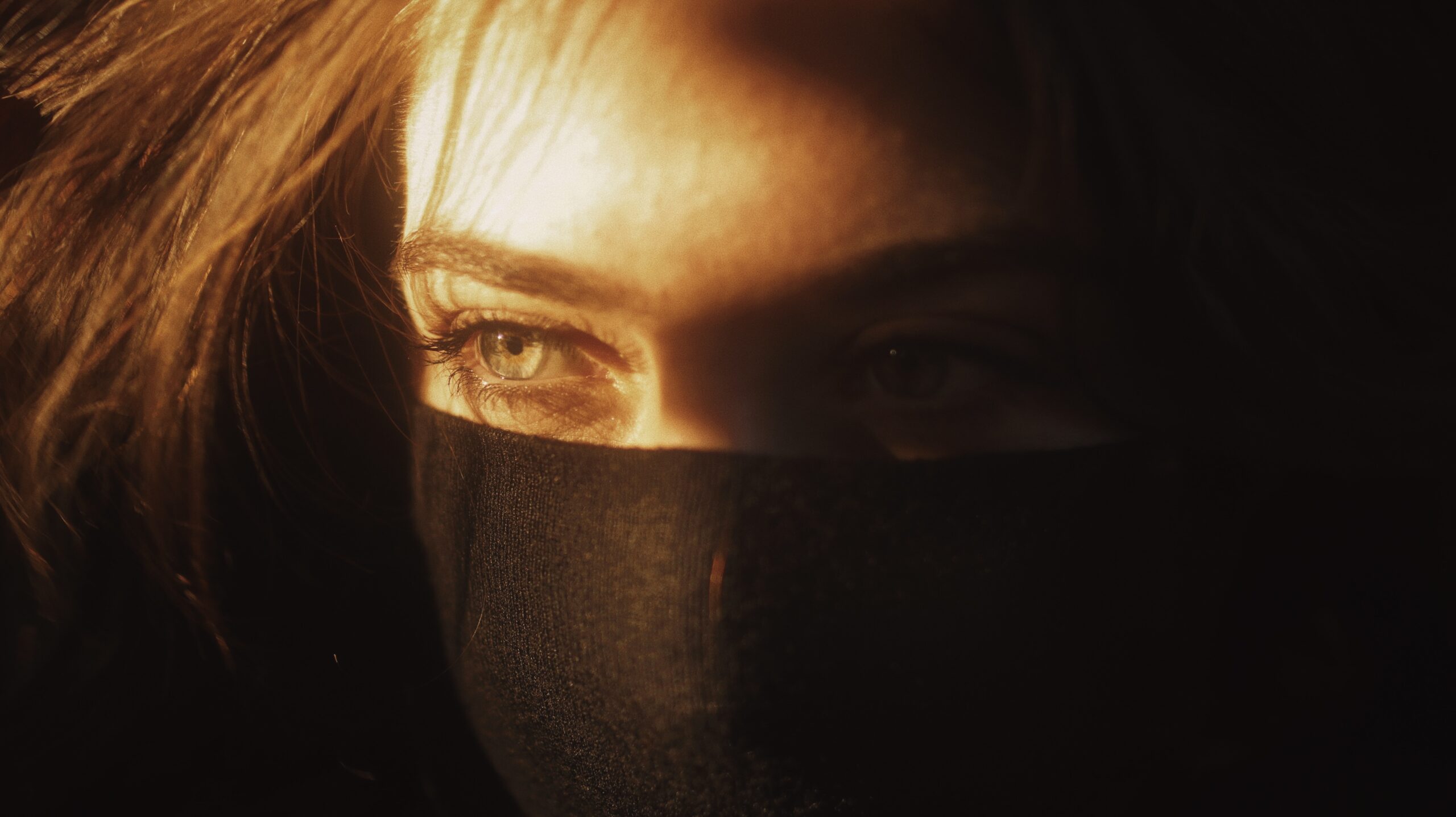
Play with colors; make the best use of the Golden Hour!
Many photographers say the best time to take photos is during the golden hour! Golden hour occurs right before sunset or after sunrise; when the sun is hardly above the horizon. This setting offers radiant orange, and rosy hues that make the colors in photographs look stunningly vivid and dramatic.
While shooting outdoors during outdoors, you can focus on the details like eyes, shining hair with the tinge of gentle sunlight, or facial details. So if you are looking for something aesthetically pleasing yet dramatic, make yourself available in Golden Hour.
But always remember, for portraits, shoot with a low aperture (use aperture as a priority mode), and increase the ISO as the sun starts setting.
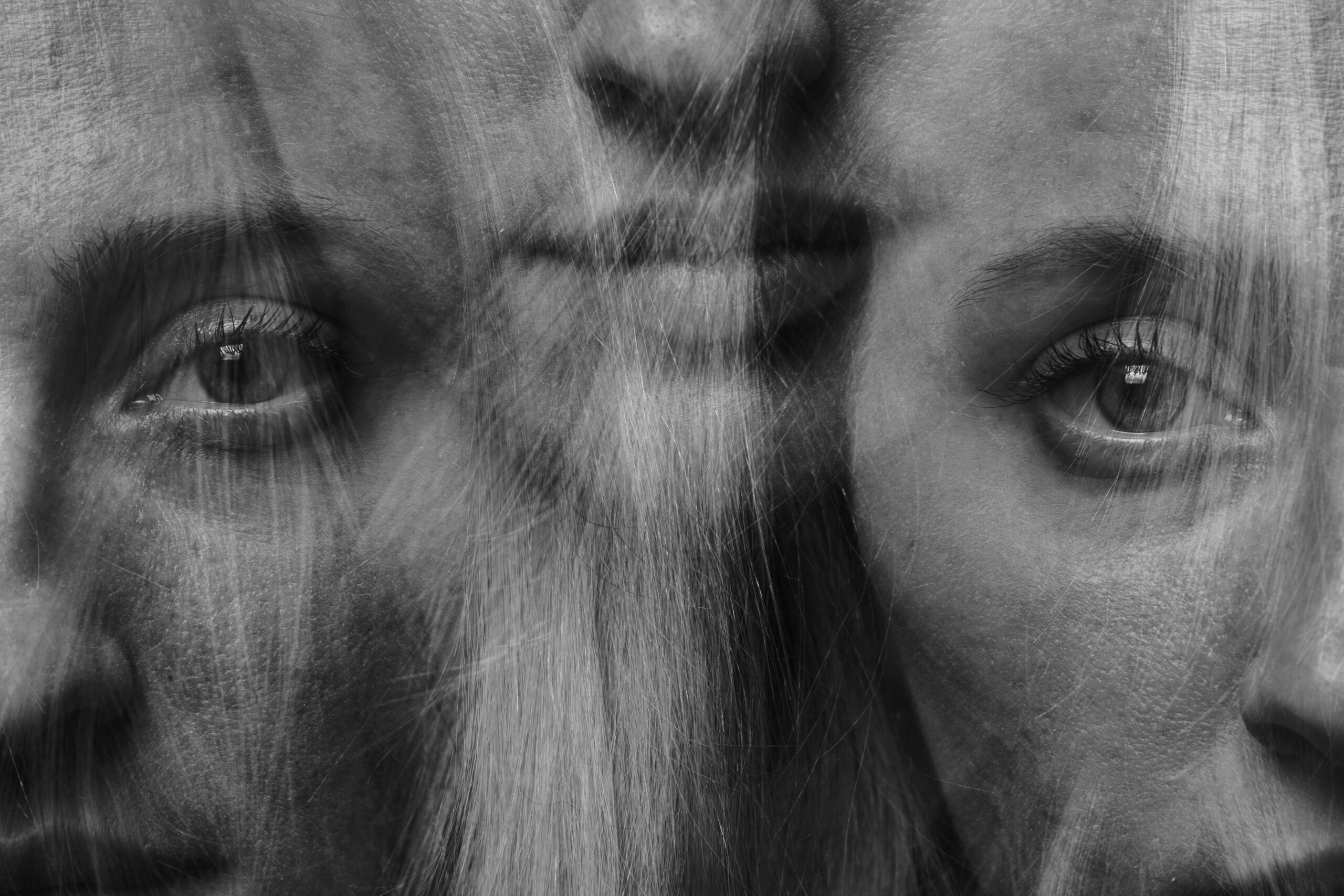
Don’t limit yourself; try Diptychs, Triptychs, add details and use objects
Photography has no limit, especially when you are into a self-portrait; you and shoot anyway! The concept of diptychs and triptychs can be artistic in self-portrait photography; combine photos with telling a story with your self-portraits. Try to shoot your face from different angles, change the lighting and capture different facial expressions.
Also, self-portraits don’t have to be photos of a face always; click your hands holding something cute (probably your pet), feet splashing in water or mud, or a faceless figure esteeming mother nature. The most you can do is use household objects to hide most of your face behind, use Lace curtains to make patterns on your face, and make the best use of natural light from the window.
Topping off
While self-portrait photography may sound like child’s play, it’s not easy; it unfolds many concepts if initiated. Nevertheless, I didn’t say that self-portrait photography cannot be learned either; you can begin today and probably start making great shots by the end of the month.
So don’t wait anymore; give self-portrait photography a shot and liven up your social media with stunning self-portraits.

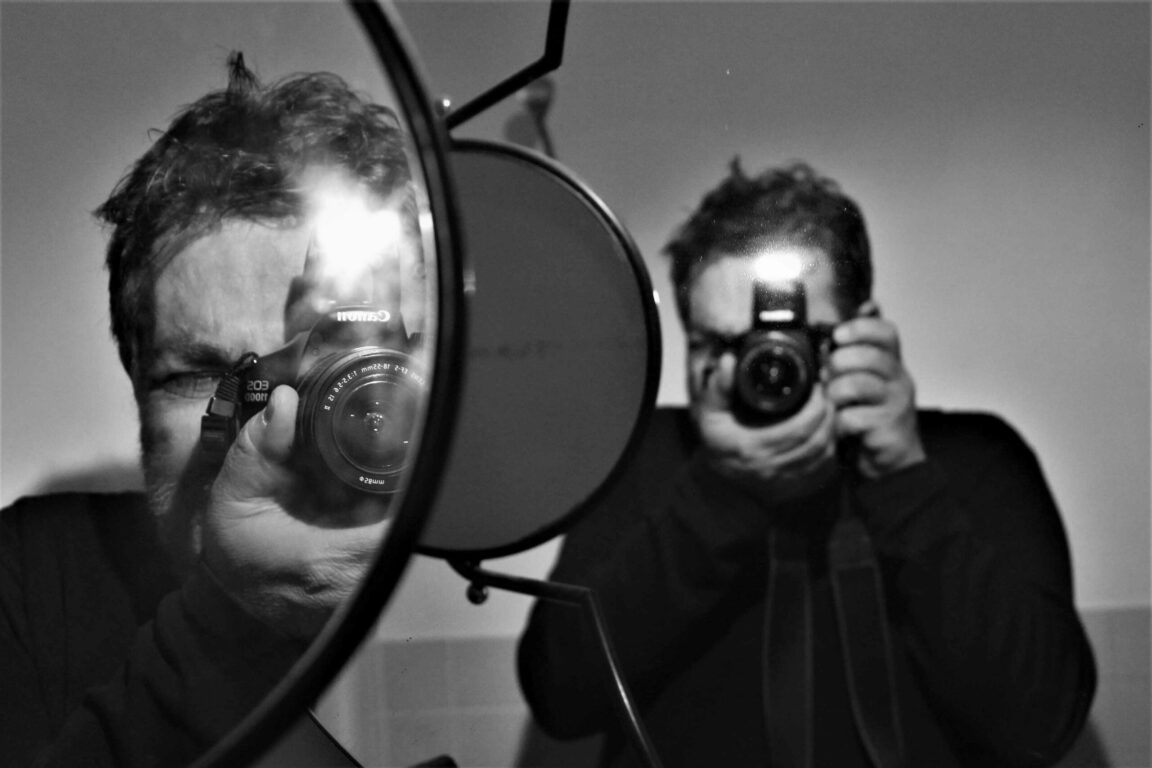
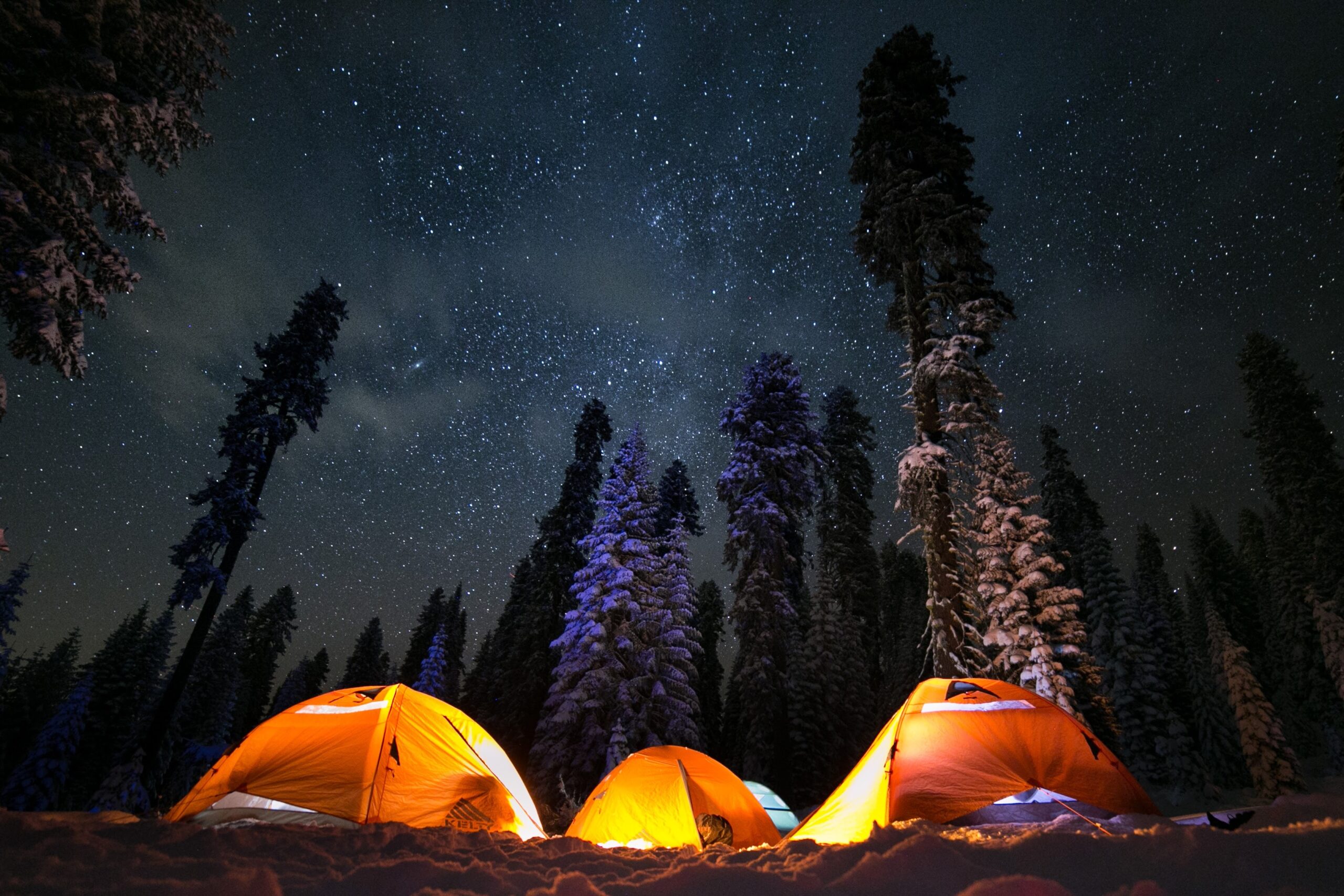

GIPHY App Key not set. Please check settings